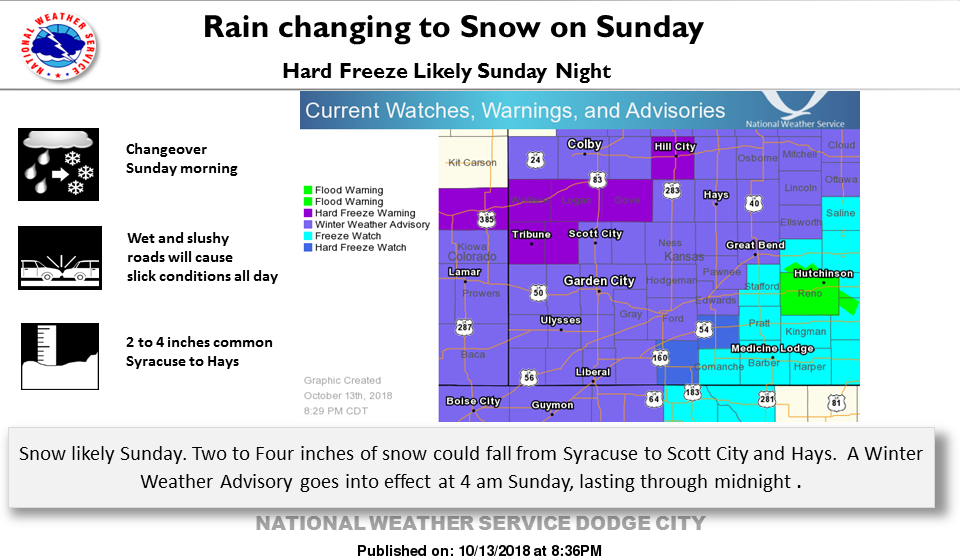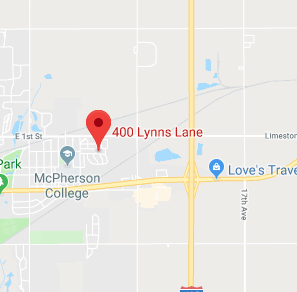KID
TOPEKA – For the past several years, the premium on the fire insurance portion of Kansas consumers’ property insurance has declined in many areas, thanks in part to efforts to strengthen the ISO ratings of fire jurisdiction units throughout the state.
“Since 2011, when the Kansas Insurance Department approved a newly-revised Insurance Services Office (ISO) schedule, the classification ratings for Kansas have improved dramatically,” said Ken Selzer, CPA, Kansas Commissioner of Insurance. “Kansas is now one of only 11 states with six or more Class I communities. We appreciate the hard work of fire service organizations across the state in working on this initiative with the department and ISO.”
A community’s fire-protection rating comes from ISO, a national company. Most insurance companies of home and business properties in the United States use the ISO’s Public Protection Classification (PPC) system to help determine premiums, said John Boyd, the administrator for the department’s Firefighters Relief Fund.
The ISO, based on its information, assigns a classification from 1 to 10 for each fire jurisdiction. Class 1 generally represents superior property fire protection, and Class 10 designates that the area’s fire-suppression program does not meet ISO’s minimum criteria.
“With the revised schedule approved by the department, more than 200 communities from the upper end of the ISO scale have moved toward the lower end,” Boyd said. “A lower ISO rating can equate to lower insurance premiums for consumers.”
The ISO’s system is just one of the factors insurance companies use in determining premiums. Age of the structure, construction material, and loss history of a structure all affect the base rate for the community. An individual’s rate can be affected by property value, out-of-pocket (deductible) amount, multiple policies, security system use, credit ratings and other factors.
Outside of the consumer’s property, the classification ratings for each fire jurisdiction also depend on the following:
- Emergency communications systems, including facilities for the public to report fires, staffing, training, certification of the telecommunicators, and facilities for dispatching fire departments.
- The jurisdiction’s fire department, including equipment, staffing, training, and geographic deployment of the fire companies.
- The water supply system, including the inspection and flow testing of hydrants, and a careful evaluation of the amount of available water compared with the amount needed to suppress fires.
- Community efforts to reduce the risk of fire, including fire prevention codes and enforcement, public fire safety education, and a fire investigation program.
“The ISO program provides an objective, nationwide standard that helps fire departments in planning and budgeting for facilities, equipment and training,” said Commissioner Selzer.
Kansas consumers can find out their property’s specific ISO rating by contacting the fire chief of their local fire district or their local homeowners insurance agent. They can get a snapshot of premiums under ISO ratings by using the Kansas Insurance Department’s online feature, located on the department’s website at https://www.ksinsurance.org/autohome/home/hrins.php .
For direct response questions, call the department’s Consumer Assistance Hotline, 800-432-2484, or go online to www.ksinsurance.org to use the website chat feature.













 Today
Today












